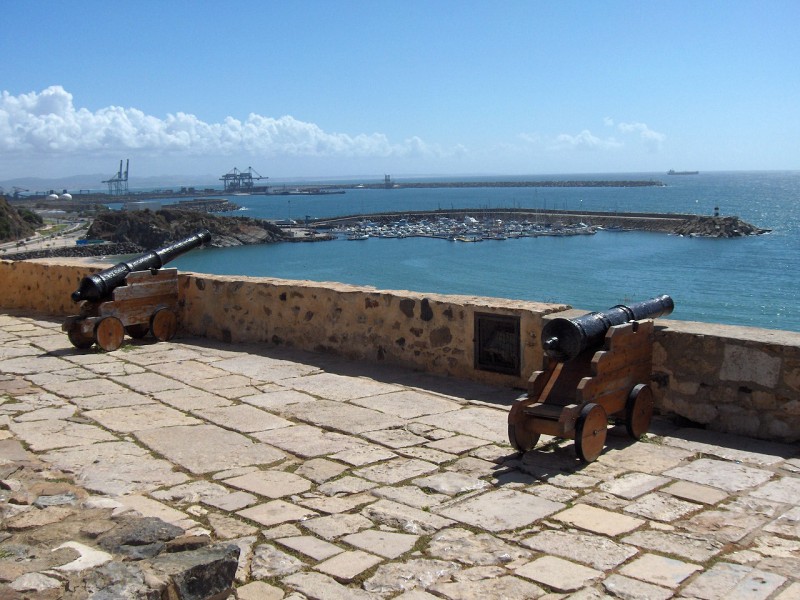The story of Sines has been shaped by the sea. From prehistory to the present day were the sea and its resources that defined the economy, culture, composition and even the character of its people.
There is evidence of human populations in the area in the county since prehistoric times. Traces of some of these settlements are today found in archaeological sites like Palmeirinha and Quiteria.
The Celts and Punic also have been by Sines. The Celtic presence is only a hypothesis, but the Punic is certain: it is the Punic Treasury Gaius, discovered in a county homestead in 1966 and currently in the custody of Sines Museum.
With the Romans, the county is defined for the first time as a port and industrial center. The Bay of Sines is the port city of Miróbriga. The Peach Island the channel is connected to Arandis (Garvão). Under the power of Rome, Sines and the Island are poles “industrial” with complex of fish salting. The second hypothesis etymology of Sines is also Roman, “sinus” – bay or “sinus” – among which is the Sines cable configuration seen from Monte Chaos.
The High Middle Ages, when the region was occupation by Visigoths and Moors, it is the darkest period in the history of Sines. There is the Museum of Sines stonework Visigoth attesting to the existence of a seventh-century basilica. During the Arab occupation of the southern peninsula, Sines is practically abandoned.
Village of Santiago Order from the thirteenth century, Sines acquires administrative autonomy on 24 November 1362. Dom Pedro I grants Sines lifting letter to concerned village in its defensive function of the coast, putting as a condition the construction of the Castle.
The life of the city in the modern age continues to be marked by the maritime functions. The foundation of Porto Covo, by Jacinto Flag, happens at the end of the eighteenth century, the assumption there come to be built two ports.
In the nineteenth century, with Liberalism, the county no longer belongs to the Order of Santiago and just even to be extinct in 1855. But the second half of the century is paradoxically growth.
In the mid-nineteenth century, a young doctor Algarve writes the first Sines known monograph, “Quick Sines News”. The Sines Francisco Luís Lopes is a village in trouble, but open and tolerant.
The twentieth century begins practically with the city restoration in 1914. The cork industry, fishing and some agriculture and tourism are the basis Sines of life until the end of the 60s, when, in addition to the proximity of the sea, Sines little is distinguished from the rest of the Alentejo.
The large industrial complex created by Marcello Caetano government in Sines in 1970, changes the county. The population explodes and diversifies, the landscape gets new settings and the community struggle to keep their integrity and the quality of life, mitigating the negative impacts of the installation of new units and taking advantage of the positive.





Comments are closed.